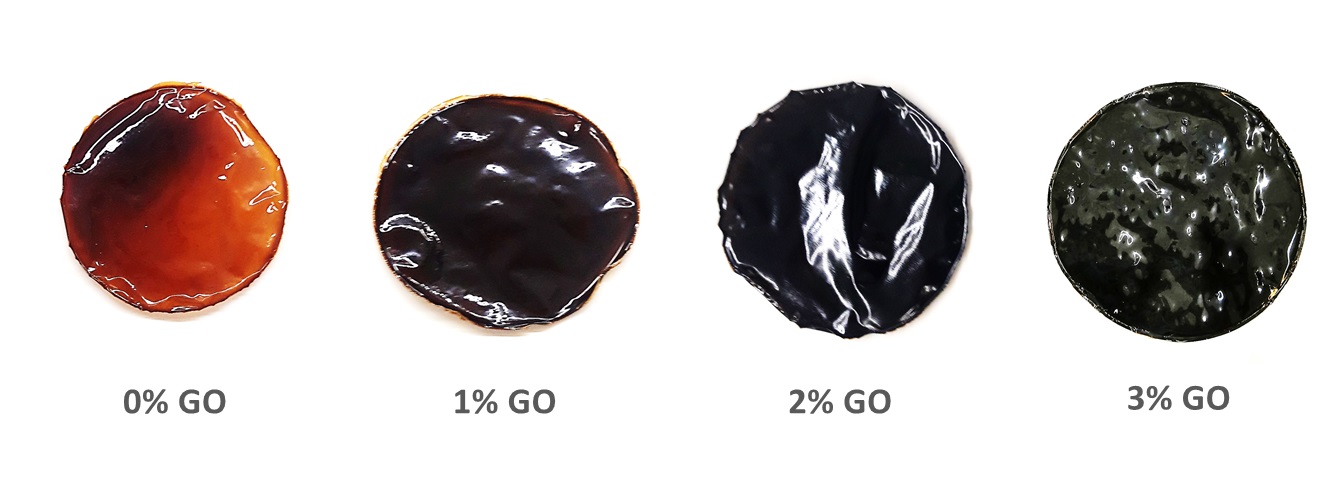SBPLY/17/180501/000330
Achieving energy in an efficient and environmentally sustainable way is one of the greatest challenges that Humanity should face nowadays. The increased awareness of climate change and how we are affecting the environment has become a powerful driving force both for optimizing energy efficiency and for diversifying its sources, being especially relevant the increase in the use of renewable energy sources. However, the difficulty in adapting energy generation and energy consumption reveals a second challenge to face, which is the storage and regulation of energy. For this challenge, there is no a fully efficient technology at the moment, though it seems that the use of the hydrogen energy vector could provide a better solution, although this has not yet been fully established. In this context, the ASEPHAM Project (Sustainable Energy Storage through the Improved Sulfur Hybrid Process with PBI membranes) aims to develop a novel technology to accumulate surplus thermal and photovoltaic solar energy by improving the sulfur thermoelectrochemical hybrid cycle (Westinghouse cycle). This process aims to use new generation PBI membranes, both in the electrolyser and in the fuel cell, which will significantly improve the efficiency of current systems, working at higher temperatures and eliminating some of its drawbacks, especially those derived from the water management. This is especially important in Castilla-La Mancha, which is one of the leading regions at the national level in energy production from renewable sources and therefore in reducing the carbon footprint. It is also intended to integrate the electrolyser and the fuel cell into a single regenerative cell, which would entail an important development applicable to a new hybrid automotive engine concept, with which it would be possible to reduce the current carbon footprint of internal combustion engines. The Project not only aims to develop the electrochemical aspects of the technology but also to build a complete prototype to perform proofs of concept. ASEPHAM is clearly included in the priority lines defined in the RIS3 of Castilla-La Mancha (Challenge 9: to promote the transition to a low carbon economy in all sectors, especially energy and transport) as well as in the strategic lines defined in the Advance of the National Plan 2017-2020 (Challenge 3: Safe, Efficient and Clean Energy) aligned all with the European Program H2020. It is an ambitious but feasible project based on the experience and equipment available in the research team, whose main objective is subdivided into several partial objectives that, organizationally, constitute work packages. Thus, the Project consists of 9 work packages (WP), the first two organizational (technical and economic coordination of the project and Knowledge Management) and the other seven scientific-technological. Regarding the latter, the WP3 will consist of the development of the sulfur dioxide electrolyser using PBI membranes, which is intended to be one of the main advances of knowledge generated by ASEPHAM, taking advantage of our experience of more than 10 years in PBI membranes to obtain a technology much more efficient than the current one. WP4 will address the optimization of fuel cells based on PBI for this cycle. In these packages, we will work with novel catalysts that have a great stability under the severe working conditions of the fuel cell and that will allow to test the experience accumulated within the recent participation of the working team in the European project CISTEM. WP5 will focus on optimizing the coupling of the electrolyser to solar energy, in line with the needs of CLM, a region with a great interest in this type of renewable energy. In WP6, the non-electrochemical stage of the cycle, consisting of the thermal decomposition of sulfuric acid in SO2, critical in the process but not difficult to perform, will be optimized for the operating conditions resulting from the use of PBI membranes in the electrolyser. In the WP7, the integration and scaling of the electrochemical processes in a regenerative cell will be studied. This would imply a reduction of the costs and of space needs of the system, as the same equipment would serve as an electrolyser for the production of hydrogen and, at the same time, as a fuel cell for the production of electricity from the previously formed hydrogen. The system is completely innovative and can have a great applicability in the world of automotive in the novel hybrid systems for internal combustion engines. The PT8 will integrate all stages of the hybrid cycle into a prototype, for which design numerical simulation with HYSYS-ASPEN will be used. Finally, a proof of concept with the prototype for both storage technology renewable energy (thermal and photovoltaic solar) and hybrid automotive engines will be performed in the PT9.
The benefit of the project transcends from the scientific to the technological. Regarding scientific aspect, numerous scientific contributions in journals with a high impact index, in line with the group’s usual performance, and a great diffusion in the most important international conferences can be expected. Regarding technological impact, this project can be a germ of knowledge transfer collaboration with companies (to which the group is also accustomed), besides positioning ourselves adequately for future projects requests at national level and especially at European level, where there are companies potentially interested in the results obtained in this project, as shown in the working paper Study on Hydrogen from renewable resources in the EU recently published by the FCH-2 JU.
The research team proposed by ASEPHAM respects the parity indicators indicated in the call, it has experience in all the topics to be addressed and it has a strong vocation of scientific dissemination and training. In this last aspect, it is planned the recruitment of two people who would conduct their doctoral thesis within the framework of this project, which itself is a benefit as it will contribute to the development of high quality scientific personnel in a region lacking in it. The proposal has the participation as Stakeholders of several companies that covers the entire value chain of the technology that is intended to be developed.
